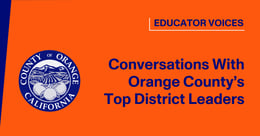
The Core of Utah State Board of Education’s Current Approach
Deputy Superintendent at the Utah State Board of Education Dr. Patty Norman shared with us how the state was in a unique position to capitalize on the digital learning that’s come out of the COVID-19 pandemic and how they hope to bring what they’ve learned into the future of education for their students.
“In Utah, we were kind of lucky,” explained Dr. Norman. “We have been doing digital teaching and learning for the past five years.”
Five years ago schools in Utah were tasked with talking to community stakeholders to determine their school’s specific needs and how they could be addressed by a digital teaching and learning grant.
“The beauty of it was they got to decide and propose their solution and their solution came with support. It’s kind of like personalized learning for a Local Education Agency (LEA) like how we do personalized learning for a student.”
Thanks to these grants, educators in Utah had experience with digital learning before the pandemic forced schools around the world to embrace it. And they had already seen some of its positive effects.
“When you educate a child, you’re educating their community,” said Dr. Norman. “Through these digital teaching and learning grants, we started seeing success, especially with equity. Some of our Title 1 schools were giving us feedback that said things like ‘because you allowed us to take a computer home, my eighth-grader was teaching me how to use Microsoft Office tools and in doing so I got a job.’ Because of these really specific outcomes and having them believe in differentiated instruction for LEAs our legislature was able to say, ‘OK now we will invest in more.’”
Expanding digital learning support during the pandemic
Although Utah was at an advantage when the pandemic hit, thanks to its earlier investments in digital learning, there were still significant challenges.
Dr. Norman explained that the first priority was to make sure the basic needs of students and staff were met. That meant making sure students were fed, and staff felt confident in their job security.
The next challenge was ensuring equitable access to technology. Computers and devices were delivered to families and busses were sent out to rural areas to provide internet access. Once a student had a device and had access, the next focus was on the teacher. Teachers proficient in using the devices and platforms were paired up with less proficient teachers to provide support.
The needs of parents helping their child with learning were also addressed. Districts were asked to streamline their offerings to one common platform so that parents and students could focus on learning the material rather than learning how to use several different platforms.
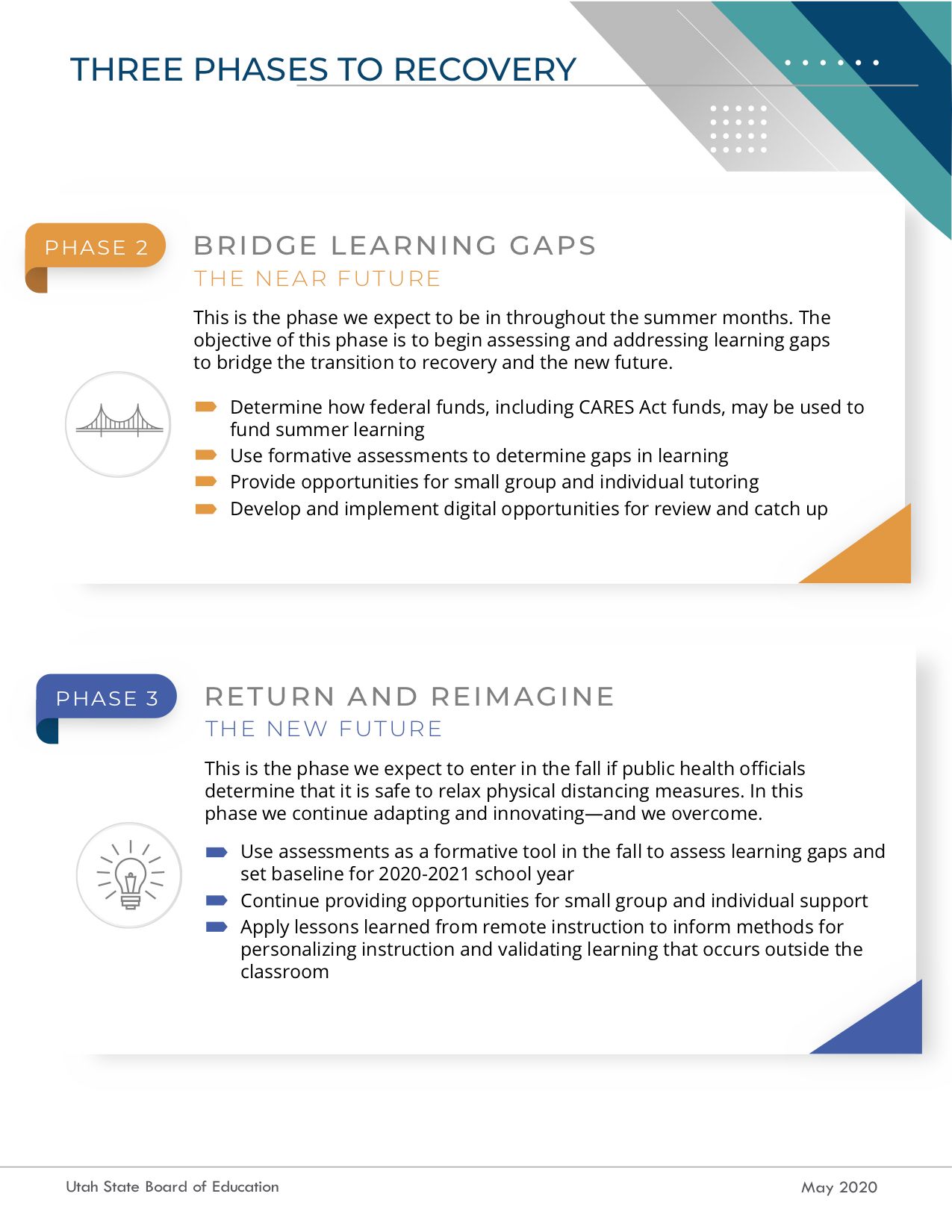
Addressing differences in privilege in at-home learning
When learning is occurring at home, differences in privilege are further intensified and even relatively privileged families can find themselves in vastly different situations due to the circumstances of the pandemic.
“Let’s say the family has some privilege and have financial resources,” posited Dr. Norman. “But now Mom and Dad are working from home and there are three children sharing a device. Do we put them on for eight hours? Do we put them on for six? And so we said it’s not about time. In fact, we highly recommend that it’s not a bell-to-bell schedule. You should just prioritize what students should know and be able to do.”
“The guidance from our State is that grading should be about what a student knows and is able to do. Don’t fail these kids. If we’re failing them right now, it’s not on them. There are social-emotional factors right now, whether they have jobs, whether they’re watching younger kids in the family.”
Dr. Norman emphasized that the focus right now should be on assessment, not evaluation.
The assessment should be: What do you know, and what do you need to know next in order to be successful?
Managing teacher burnout in an “always-online” culture
Even before the pandemic, technology had blurred the lines of work and home by making people accessible through online channels almost 24/7. However, the physical space of the classroom helped to provide a clear boundary that defined when a teacher was available to students. With the pressures and confusion of the pandemic weighing on students, many teachers feel an increased responsibility to be constantly available, and thanks to technology, they can be.
“They really do want to be there every second of the day,” said Dr. Norman. “But that leads to high burnout. You need to establish working hours for yourself. It can be that you’re on four hours in the morning and maybe an hour at night to support parents. The number one thing is to establish a time with the parent to be able to communicate with them and not just their child. You’re going to get things from a parent about how to best help their child that you’re not going to get from a student.”
The unique challenge for middle school students
Dr. Norman highlighted the concerning fact that, in the pandemic, middle school students are falling through the cracks. The issue boils down to a lack of motivation and accountability: High school students are independently motivated to show up because they want their credits to graduate. Elementary school students have one dedicated teacher keeping them accountable. Middle school students have neither of these things.
“We’re finding that our elementary kids are having the ability to learn since they have one person to make contact and connect with. That one teacher is the pivot point. In high school, you have 200 students. Who contacts each one of those students? But those kids are worried about graduating. Then, you have the junior high student going ‘well, I don’t have credits yet that lead toward graduation and I still have a teacher with 200 kids.’ They’re missing in action. They’re becoming invisible. We’ve got to find a way to engage them and that’s on us as educators. That’s not on them. That’s on us.”
Return and reimagine learning
Dr. Norman says that although we are in a challenging time, there are a lot of positives to focus on.
When you start talking about the positives, it’s almost like people become uninterested. And not everything that was happening in the past was great. We weren’t reaching every child! Not every child had a voice in a classroom. When we look at what can happen in the future, there are lessons we can learn from all this.
“On the student advisory committee, we have students from across the state who come and give us feedback. Some of the things they were saying are ‘Hey some of us would like to continue this in certain classes or maybe every other day. Give us some work, then come back. They were mentioning, ‘so-and-so, we never even heard from them in a classroom ever. And now they’re chatting, they’re breaking out into rooms.’”
Dr. Norman said that the chat function of digital classrooms could be a particularly interesting feature to try integrating once the transition back to in-person teaching begins.
“How many of us as adults are in a zoom chat and we’re chatting away, but we’re also paying attention to what’s going on. And it just makes the discussion deeper. How are we going to capture the chat function in a regular one-to-one, face-to-face classroom?”
This emphasis on capitalizing on this unique moment to change education for the better is at the core of Utah’s current approach.
“That’s the whole point of our motto: ‘Return and Reimagine.’ It used to be ‘Return and Recover’. We took out Recover. Education in all forms, whether it’s formal or informal, is happening. We need to ask: What type of learning is happening? How do we get to the next step? And how do we use it to inform all our practices in the future?”
For more on USBE, you can find the phases, and the Strategic Goals which include Personalized Teaching and Learning and Safe and Healthy Schools. You can also take a look at the Utah Master Plan for Digital Teaching and Learning to see how they were able to dedicate resources to the personalized needs of LEAs for digital teaching and learning. There is also a dashboard which shows how much money has been allocated to each district, and how they have spent it.

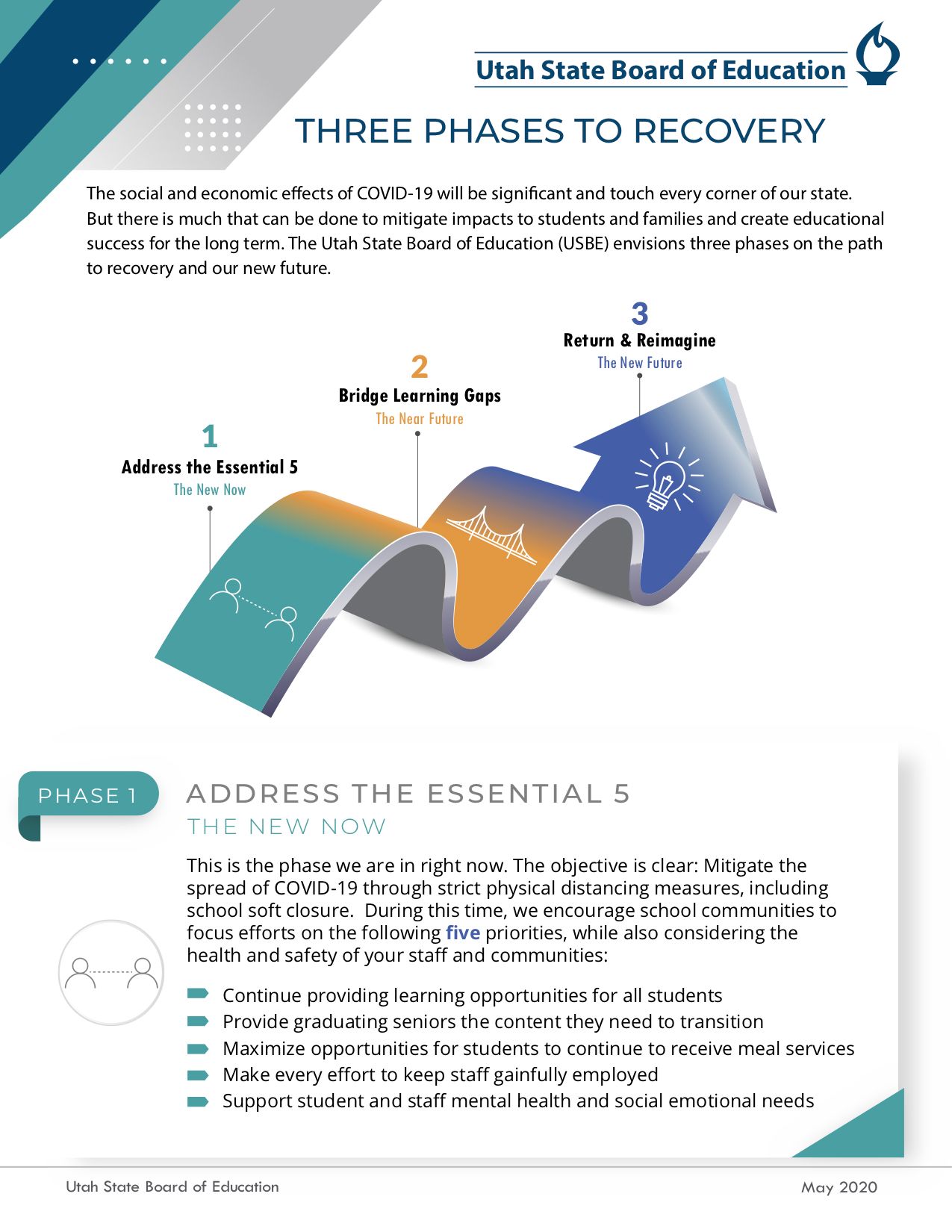
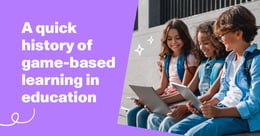
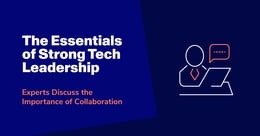
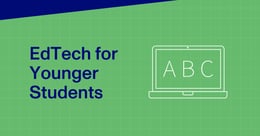
![3 ways game elements can drive educational engagement [Infographic]](https://paper.co/hs-fs/hubfs/Paper-Blog_3-ways-game-elements-can-drive-educational-engagement.jpg?width=260&height=136&name=Paper-Blog_3-ways-game-elements-can-drive-educational-engagement.jpg)

